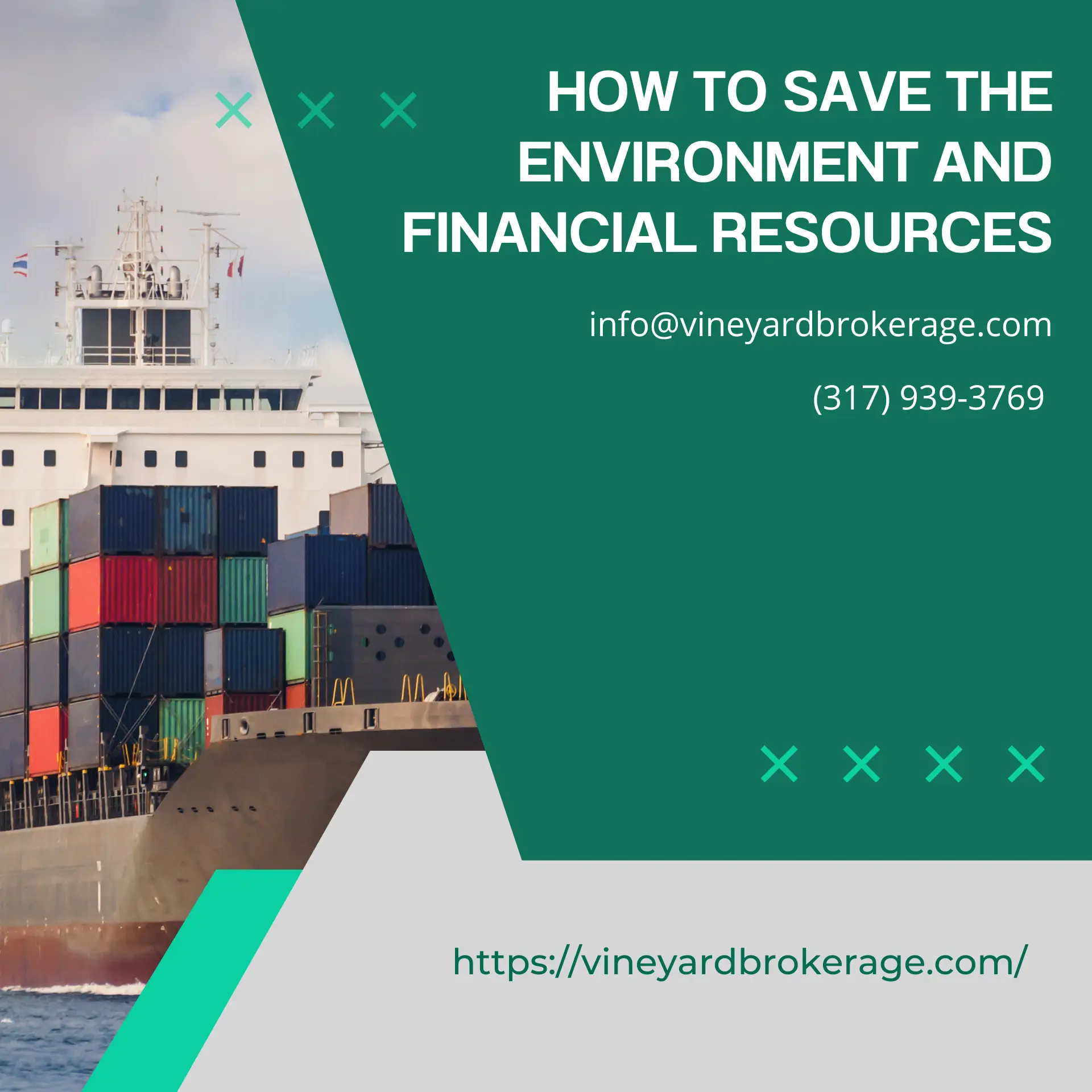How To Save The Environment And Financial Resources By Optimizing Supply Chains

Conservation of resources, optimization of processes, discovery of product innovations, cost
savings, increased productivity, and promotion of corporate values are all possible results of
better environmental, social, and economic performance management throughout supply
chains. The study shows that there are more and more economic reasons to use sustainable
practices all along the supply chain.
Even though more and more businesses are trying to include their suppliers in their
sustainability efforts, many of them are having trouble doing so.
The failure to act may be the greatest danger of all when it comes to incorporating
sustainability into a company’s supply chain. Companies may take various first actions to move
toward sustainable supply chains:
Map Your Supply Chain
The effects of their supply chain on environmental sustainability are often underestimated or
ignored by many businesses. First, you should take stock of your suppliers. Then you can
figure out which environmental and social issues are the most pressing for them, and finally,
you can set priorities for dealing with those issues.
Share Your Goals With The Group
Communicating your company’s values and culture to your suppliers and consumers via a
focus on sustainability throughout your supply chain is a win-win situation. To get your
suppliers on board with your efforts to be more environmentally friendly, you must first set and
share your expectations through a supplier code of conduct.
Get Involved In Cross-business Efforts
Many businesses now understand that the supply chain sector as a whole must work together
to address the most intractable problems. Companies that have comparable supply chains
might work together in a pre-competitive setting to establish benchmarks for sustainability
performance and establish criteria for evaluating suppliers. Suppliers collaborating to satisfy
identical client standards may benefit from these partnerships since they reduce audit fatigue,
redundant training, and paperwork. Sharing information about your suppliers’ sustainability
performance is a group effort that will benefit everyone involved.
Create educational and skill-building programs
Implementing this strategy can help your supply chain become more sustainable and
encourage positive behavioral changes. There are a lot of outside resources that can help
support these initiatives, and some of them are even made to meet the specific needs of
certain industries.
In our experience, leveraging the best practices and case studies of high-performing suppliers
at yearly vendor conferences, through online training modules, and via capacity development
initiatives is one of the most successful ways to transmit knowledge across the supply chain.
Here are some additional things you can do:
- Conceive of and implement sophisticated tracking systems, such as software, to keep an eye on suppliers’ progress and performance over time.
- To learn where improvements may be made to sustainability.
- Add sustainability requirements for the supplier chain into the buying process.
- By using your purchasing and political clout, you can make a difference in the direction of a more sustainable supply chain.
- Increase the scope of your supply chain sustainability objectives beyond just your own operations.
Why Vineyard Brokerage?
Vineyard Brokerage was established with the goal of automating and aggregating all available
shipping options in order to provide shippers and truckers with the best-in-class shipping
experience possible. By streamlining our supply chains, we are able to reduce our impact on
the environment and save money. If you’ve been seeking a logistics partner that is as
passionate about maintaining environmentally responsible supply chains as you are, your
search is over!

